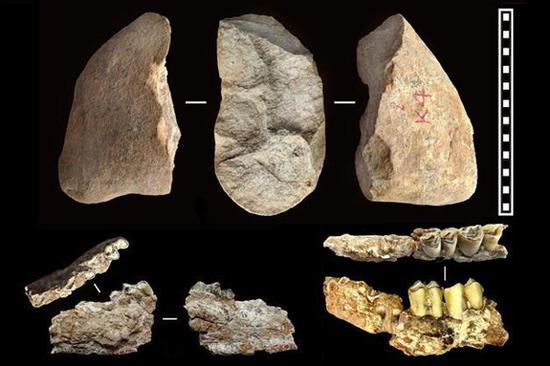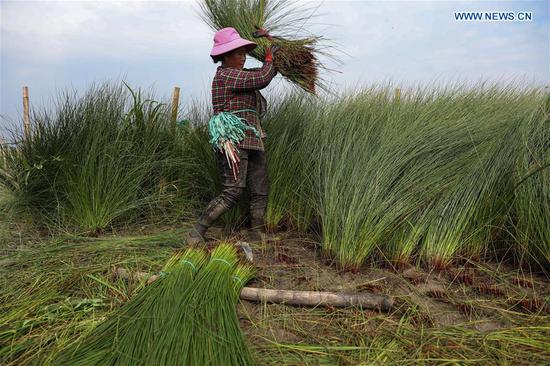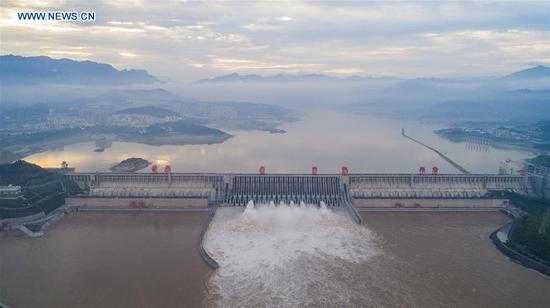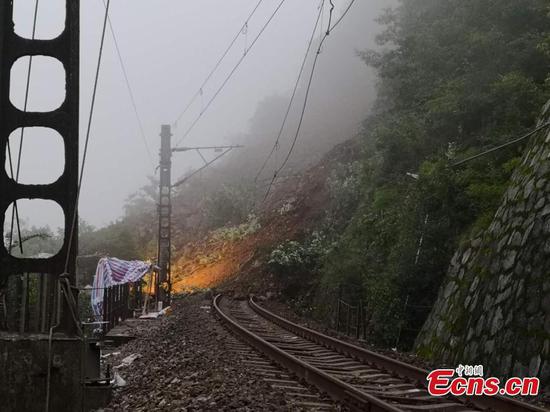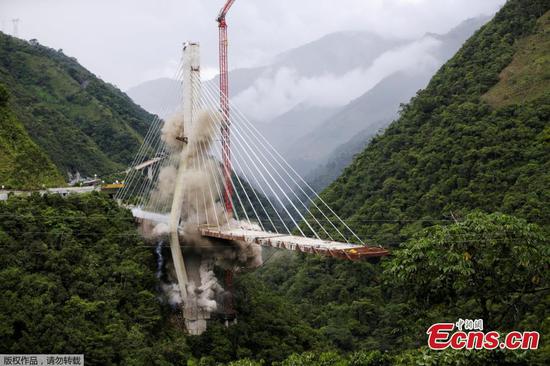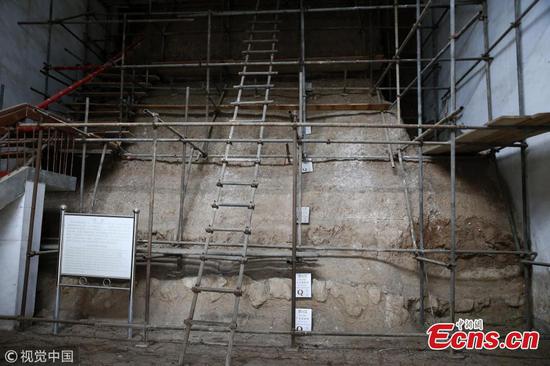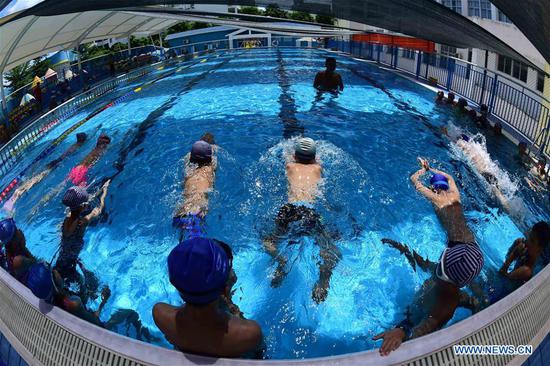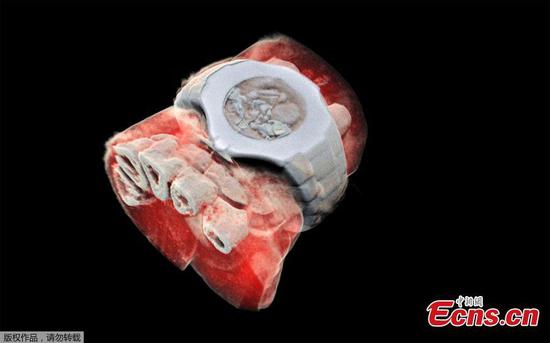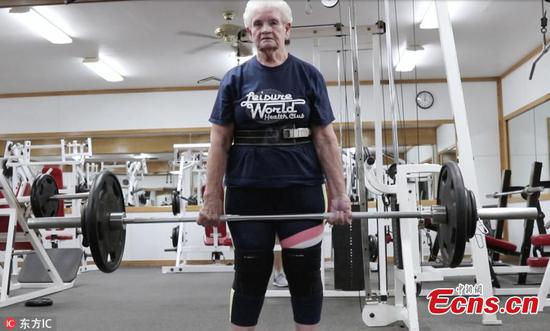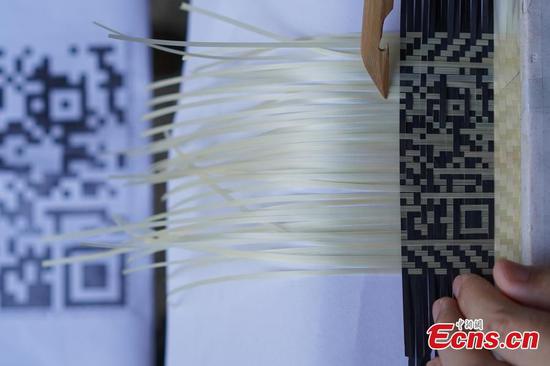It has been 39 years since China’s central government decided to set up Special Economic Zones (SEZ) in Shenzhen, Zhuhai, Shantou and Xiamen on July 15, 1979.
On August 13 of the same year, the State Council issued a regulation on developing foreign trade and increasing foreign exchange income, aiming to bring wider access to foreign trade and boost export.
The name "Special Economic Zone" officially replaced the name "Special Zone" following a decision by the Central Committee of the Communist Party of China and the State Council on May 16, 1980, further strengthening the economic position of these cities.
The zones enjoyed duty-free policies for imported goods, and witnessed unprecedented growth over the past 39 years due to preferential policies to spur economic development, such as tariff exemption, easier foreign investment and technical support.
Shenzhen for example turned from a small fishing village into a breeding ground for innovation in the field of science and technology and a regional financial hub.
In 1979, Shenzhen’s GDP stood at 197 million yuan (29.4 million US dollars in today's exchange rate) with a per capita GDP of 606 yuan (90.6 US dollars). Last year, the city’s GDP reached 2.24 trillion yuan (334.8 billion US dollars) with a per capita GDP of 183,100 yuan (27,369 US dollars). That's a staggering annual growth rate of 23 percent on average.
The city has also been at the forefront of global technologic upgrading, incubating startups such as Huawei, Tencent and DJI and turning them into tech behemoths.
The establishment of SEZs served as an important step to explore the road to reform and opening-up. These zones have played an extremely significant role in facilitating foreign economic exchanges at the beginning of reform and opening-up since 1978, despite the lack of previous experience and a sound legal system.
This year marks the 40th anniversary of China's reform and opening-up, and China has launched a series of key measures to further deepen this process. The government has accelerated the opening-up of the finance industry, lowered import tariffs for vehicles, and strengthened the protection of intellectual property rights.
This year also marks the 30th anniversary of the founding of Hainan Province and the Hainan Special Economic Zone.
As one of the test field for reform and opening-up, south China's Hainan Province has grown into a tropical agricultural base and is developing a medical tourism pilot zone.













